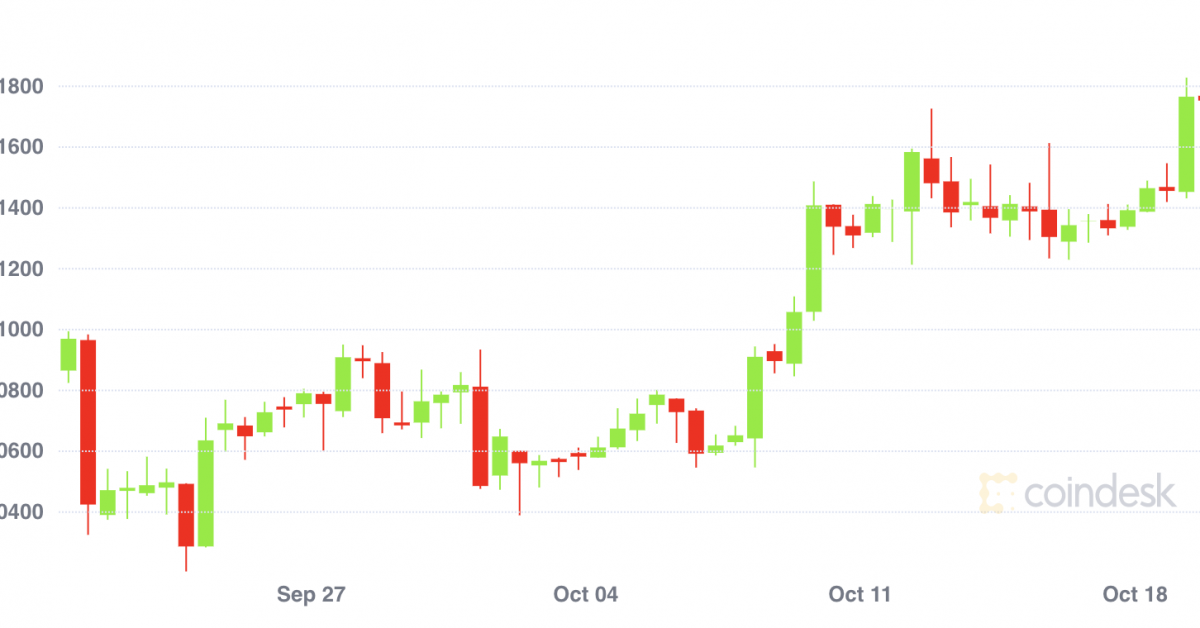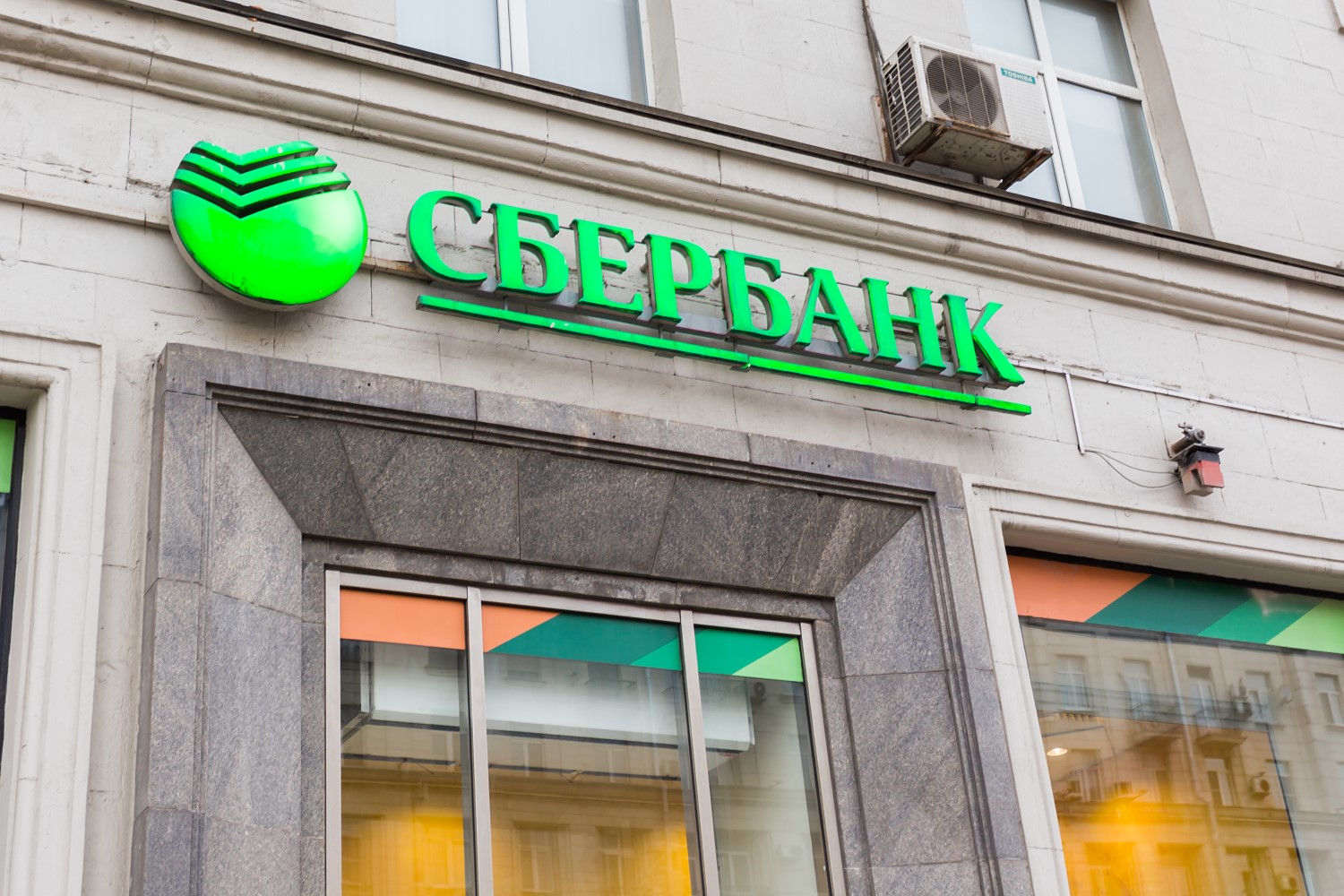Crypto Market Sees Net Capital Inflow for First Time in 17 Months
/arc-photo-coindesk/arc2-prod/public/LXF2COBSKBCNHNRE3WTK2BZ7GE.png)
Money is flowing into the crypto market through stablecoins or the U.S. dollar-pegged tokens for the first time in over a year, according to data tracked by blockchain analytics firm Glassnode.
The 90 day net change in the supply of the top four stablecoins – tether (USDT), USD Coin (USDC), Binance USD (BUSD) and Dai (DAI) – has turned noticeably positive, the first such instance since the collapse of Terra in mid-May 2022.
Since 2020, stablecoins have been widely used to fund cryptocurrency purchases. Hence, an increase in the supply of stablecoins is taken to represent potential buying pressure or dry powder that investors may deploy to purchase cryptocurrencies or use as a margin in derivatives trading.
“This week, the 90-day change in aggregated stablecoin supplies flipped positive for the first time in 1.5 years. This signals increased liquidity on-chain expressed through stablecoins and can be perceived as a sign of capital inflows,” Reflexivity Research said in an email to subscribers on Nov. 14.
The turnaround comes as bitcoin (BTC) has doubled to over $35,000 this year, with most gains happening predominantly on the back of expectations U.S. regulators will soon approve an exchange-traded fund that invests in the cryptocurrency.
:format(jpg)/cloudfront-us-east-1.images.arcpublishing.com/coindesk/23VCML5LLJF3DOTP527H52EEGE.png)
The indicator turned negative in the first half of May 2022, as smart contract blockchain Terra’s LUNA token, meant to stabilize the blockchain’s algorithmic stablecoin UST, crashed from $80 to a few cents, destroying billions in investor wealth.
Liquidity continued to leave the market in the subsequent months as bankruptcies of multiple funds, crypto lenders, and FTX exchange dented investor confidence.
We may earn a commission from partner links. Commissions do not affect our journalists’ opinions or evaluations. For more, see our Ethics Policy.
Edited by Parikshit Mishra.









